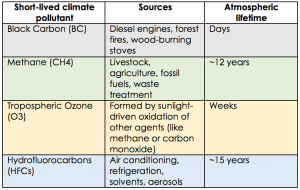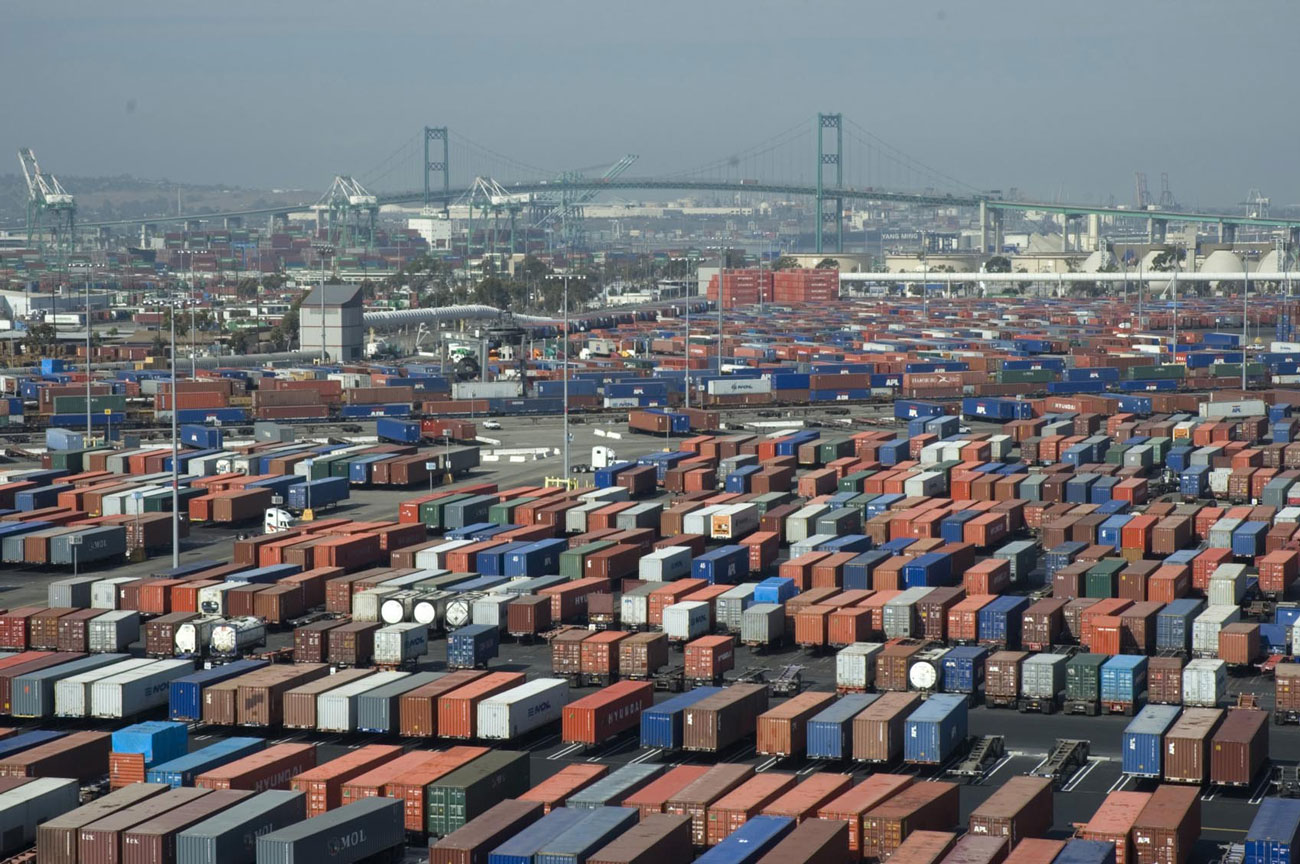WASHINGTON — In California, six cities are ranked in the top 10 nationwide for the highest levels of “super pollutants,” even though the state has some of the nation’s strictest clean air regulations.
How can this be?
The perfect storm of environmental and demographic conditions has meant that California regulators struggle to keep pace with harmful emissions in a state considered to be at the forefront of environmental innovation, as the American Lung Association’s “State of the Air” report reveals.
“One of the things that’s made California go as far as we have in air quality issues is simply that we’ve had to do it,” said Dave Clegern, a public information officer at the California Air Resources Board. “We have extremely diverse geography, we have a very large and growing population…we have an enormous number of vehicles on the road. And all those things together add up to a lot of trouble spots.”
The so-called super pollutants, formally known as short-lived climate pollutants, are deemed especially harmful because of their accelerated global warming effect – up to several hundred times the impact of carbon dioxide in the atmosphere.
These pollutants aren’t just a problem in California. They are increasingly being recognized worldwide as dangerous contributors to climate change and human health problems.
But there’s good news, too.
Because the chemicals have comparatively shorter lifespans, they also clear out of the atmosphere more quickly. So, targeting them would yield rapid results in the fight against climate change.
According to a report released in April by the California Air Resources Board, the technology already exists to cut the expected rate of global warming in half — if super polluting emissions are curtailed globally.
“We’re never going to fix the problem if we don’t get a grip on carbon dioxide, but what these afford us is an opportunity to make reductions in impact that are very dramatic very quickly,” Clegern said.
Black carbon is a particularly detrimental and widespread short-lived pollutant. Methane and fluorinated gases are others.

Short-lived climate pollutants have several hundred times the warming impact as CO2. (Marisa Endicott/MNS)
Black carbon is generated by wood-burning stoves and diesel-fueled trucks and cars, but natural sources like wild fires also contribute to the problem. It is a component of particulate matter which the EPA has directly linked to respiratory illness, asthma and heart and lung disease.
A lot has been done to tackle the problem in California. The state has cut manmade black carbon emissions by more than 90 percent since the 1960s, according to the air resources board. Gov. Jerry Brown’s proposed 2016-2017 budget would allocate $215 million to target short-lived climate pollutants.
Just last week, state agencies announced several innovative plans and projects to target freight transit emissions.
However, California’s enormous and growing population of almost 40 million and its major freight transit and port systems – the busiest in the country – means regulators still face an extraordinary challenge.
California’s sunny weather conditions are prime for exacerbating pollution and trapping it close to the ground. Now in a fifth year, the drought has aggravated these effects and also made conditions ripe for wild fires, an increasing source of black carbon. The number of “unhealthy air” days have been higher during the drought, explained Bonnie Holmes-Gen, senior director for air quality and climate change at the American Lung Association in California.
Cities close to the action suffer disproportionately – disadvantaged communities even more so. The San Joaquin Valley, the state’s agricultural center, accounts for the first four regions at the top of the American Lung Association’s list for short term particle pollution. The port areas of Los Angeles-Long Beach and San Jose-San Francisco-Oakland also made the top 10 list for super-pollutants.
California regulators must constantly adapt and innovate to keep pace with the state’s many super-pollutant sources – and they are trying to do that.
“California is definitely taking the lead on this issue, and I would say that other states and other countries are looking to California to find out how to do this,” Holmes-Gen said.
The state just released a comprehensive Freight Action Plan, to be finalized in July, with the aim of transitioning its freight transport system to zero-emission technologies. It also awarded $23.6 million in early May to launch a statewide demonstration of electric and hybrid trucks to serve California’s ports.
A bill in the California senate would require reductions in short-lived climate pollutants, including reducing black carbon by 50 percent by 2030.
“What a lot of the rest of the world is looking for are the tools,” Clegern said. “What we can do, and do have a lot of experience with is trying things – running the experiments that develop the programs and the tools to deal with these kinds of chemicals.”
Despite reductions in overall pollution, short-lived climate pollutants spiked in many U.S. cities during a three-year period ending in 2014, according to the Lung Association report.
According to the World Health Organization, global urban air pollution rose by 8 percent from 2008 to 2013, and more than 80 percent of people in urban areas with monitoring are exposed to air quality levels that do not meet WHO guidelines. The report, released Thursday, compared several hundred cities in 67 countries for levels of fine and small particulate matter, which includes black carbon.
As extreme weather events become more common and poor air quality continues to plague communities in the U.S. and worldwide, learning from California’s trials and triumphs should be increasingly useful.
Indeed, historically, California has often taken the lead on climate regulations that are later adopted by others. Scientists from around the world have visited the state to observe and replicate California’s policies, according to Holmes-Gen.
“There’s been much more global attention to the need to reduce these short lived pollutants,” she said. California’s efforts “to control these pollutants is really groundbreaking and is going to inspire action around the world.”


